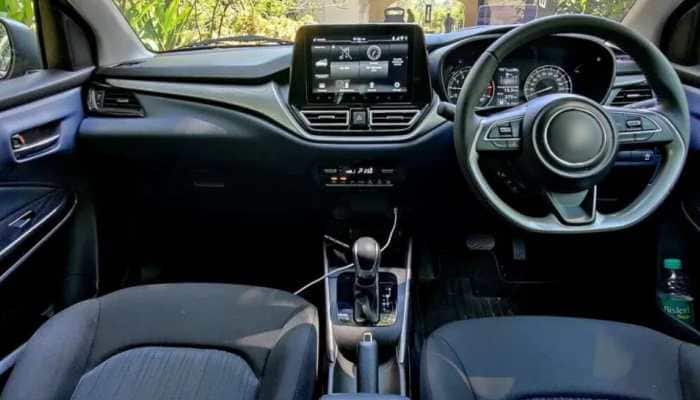Is your house harming you? Beware of indoor pollution!
Considering the dangerous effects of indoor pollution on human health, in a recent study, researchers have called for policies to ensure closer monitoring of air quality.
Trending Photos
)
Zee Media Bureau
Washington DC: It's not just the outdoor pollution that can play havoc with human health. In fact indoor air pollution is a very real and dangerous thing because indoor air is far more concentrated with pollutants than outdoor air.
Considering the dangerous effects of indoor pollution on human health, in a recent study, researchers have called for policies to ensure closer monitoring of air quality.
A collaborative effort of European, Australian and UK researchers, led by the University of Surrey, assessed the harmful effects of indoor pollution in order to make recommendations on how best to monitor and negate these outcomes.
Dr Prashant Kumar said that when one thinks of the term air pollution they tend to think of car exhausts or factory fumes expelling grey smoke. However, there are actually various sources of pollution that have a negative effect on air quality, many of which are found inside their homes and offices.
In 2012 indoor air pollution was linked to 4.3 million deaths globally, compared with 3.7 million for outdoor air pollution. Urban dwellers typically spend 90 per cent of their time indoors and this has been linked to Sick Building Syndrome where dwellers exhibit a range of ill health effects related to breathing indoor air.
Dr Kumar added that it is essential that a person is able to effectively monitor indoor air pollution so that he can better understand when and where levels are worst and in turn offer solutions to make the air healthier.
He claimed that their looks at the use of small, low-energy monitoring sensors that would be able to gather real-time data and tell families or workers when levels of pollutants are too high.
In another paper published earlier this month in the journal Environmental Pollution, Dr Kumar and PhD student, Anju Goel, also found that outdoor air pollution was at a high where buildings were located at traffic intersections.
Even where there was low traffic volume, traffic intersections with densely built up surroundings showed twice the concentration than at open junctions. Exposure to these concentrations showed that ground floor dwellings in these areas were exposed to twice as many harmful particles.
Dr Kumar concluded that this has important implications for town planning and we should consider whether we really want schools, offices or hospitals to be built within these environments.
The study appears in the journal Science of the Total Environment.
(With ANI inputs)
Stay informed on all the latest news, real-time breaking news updates, and follow all the important headlines in india news and world News on Zee News.
Live Tv







)
)
)
)
)
)
)
)
)
)
